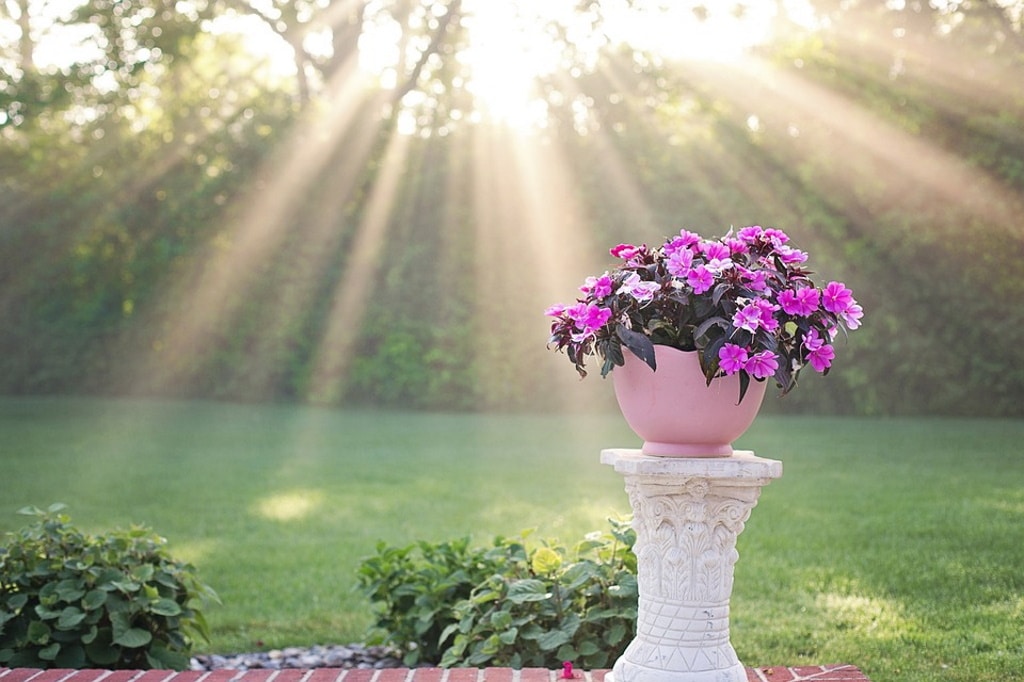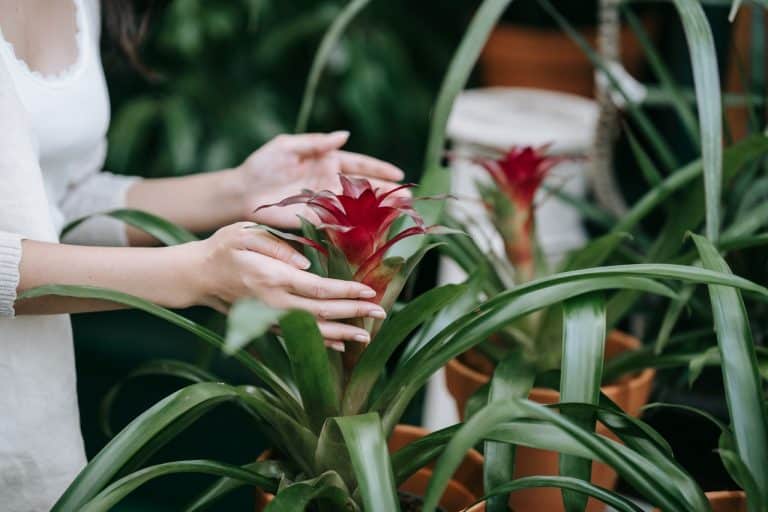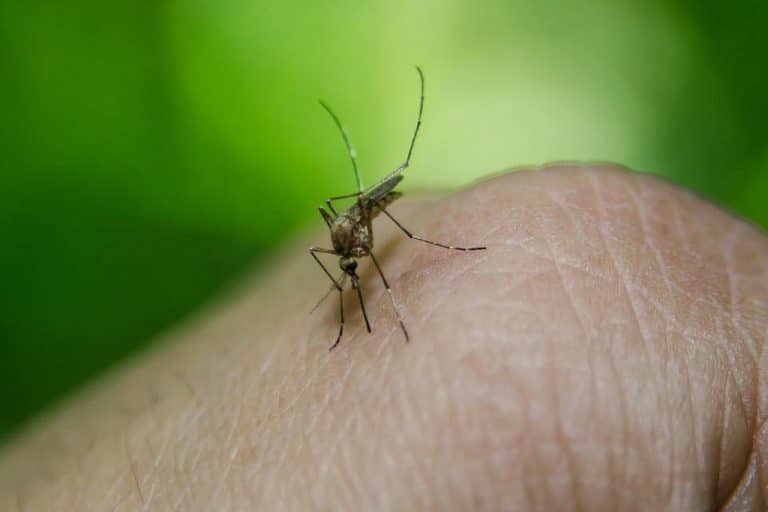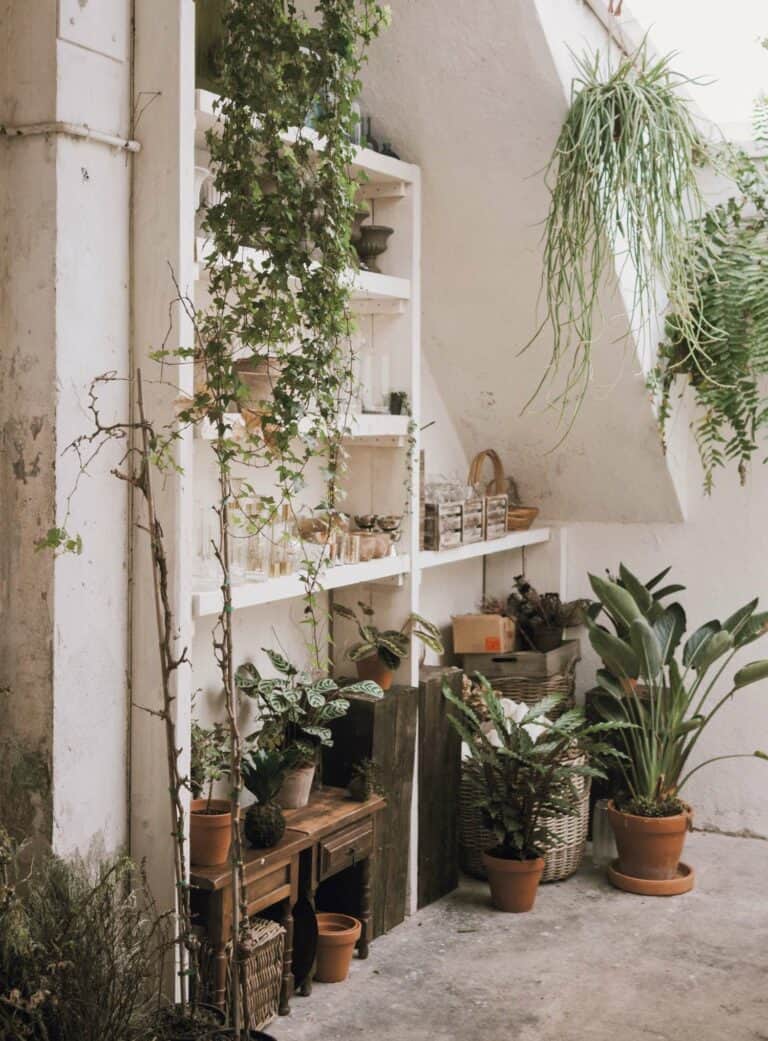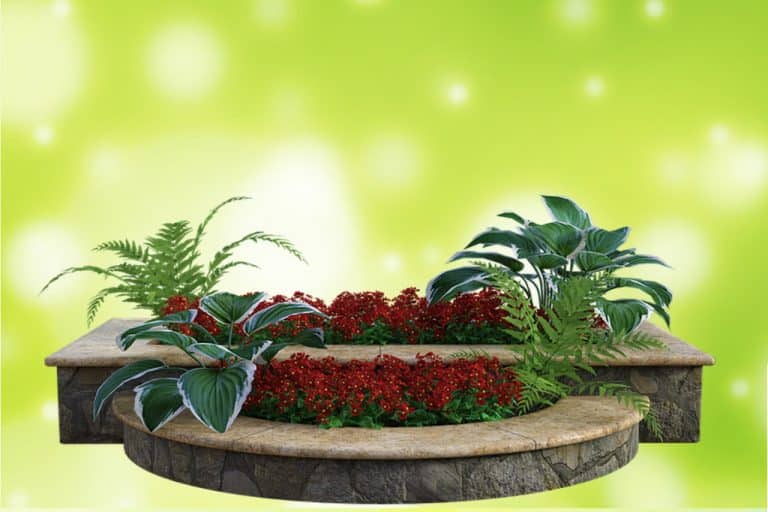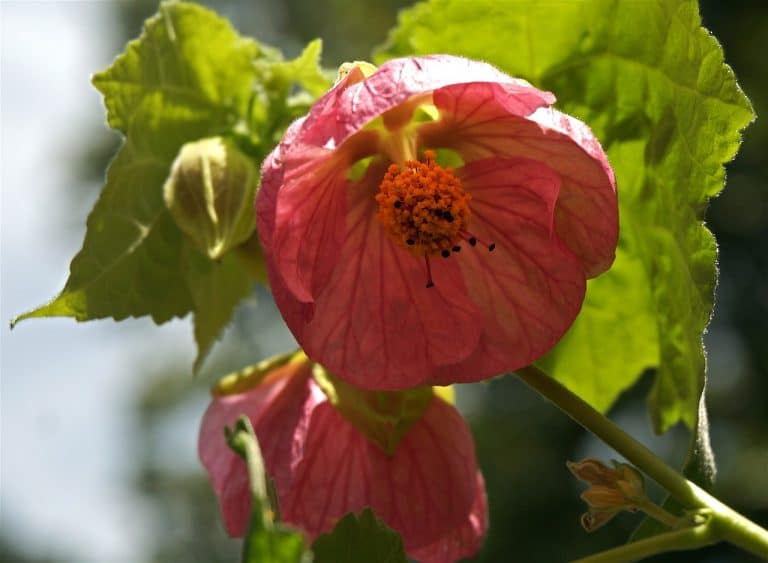20 heat tolerant plants
These plants love the sun and love the heat and are the queens of survival, but that doesn’t mean you can ignore them completely. They still need to be watered periodically during dry periods.
Angelonia
Bright spikes of pink, purple or white flowers last the entire summer season. Angelonia is also called summer dragon. Plant them in the garden or containers and you will be delighted.
Marigold
These hardy annuals will withstand extreme heat and bloom right through to hard frost. They come in bright orange, yellow, cream and colorful varieties.
Petunia
This ancient flower favorite blooms persistently, giving color to the garden or balcony throughout the summer season. Petunias look especially beautiful in hanging baskets and window boxes.
Echinacea
These cheerful flowers bloom in all shades of the rainbow. Echinacea is a pollinator favorite, and the seeds will provide winter food for birds.
Calibrachoa
They resemble petunias, but they are actually a completely different plant. For best results plant calibrahou in baskets or window boxes. The colors are amazing!
Caladium
Beautiful heart-shaped leaves with flecks of pink, green and white make this plant stunning! Plant caladiums in their own containers or within the landscape. They can survive winters in warm climates or you can plant them and keep them indoors as a houseplant over winter in cold climates.
Read also: How to care for caladiums?
Read also: How to grow Caladium at home | from tubers to beautiful leaves
Moss-rose purslane
Moss-rose purslane is a low-growing succulent plant, and the tree reaches a height of 10 to 20 cm. It is juicy and fleshy, reddish in color and abundantly branched. The leaflets are needle-like and fleshy. The flowers are large, single and odorless, with prominent stamens. They can be single or full, in various colors: white, yellow, orange, pink, red, purple or two-color. Flowering is continuous, from June until the first frosts. The flowers close at dusk and during cloudy days.
Globe amaranth
Heat, humidity, drought… this tough flower can withstand it all! The round flowers of the globe sedge offer an interesting contrast to other plants, and are also perfect as edging plants along a walkway.
Gomphrena globosa (Globe Amaranthus) is an annual flowering plant from the Chenopodiaceae family. It originates from the area of Brazil, Panama and Guatemala. It has a bushy growth and grows up to 80 cm, and flowers are mostly white, light and dark pink and orange. It can be grown both in jars and outdoors, with the fact that outdoors it grows larger and more branched. The flowers are dry and suitable for dry flower arrangements – they are dried face down in a shady and airy place.
Gomphrena requires a temperature not lower than 10 degrees for sprouting directly outside, and you can sow it earlier in jars and later plant outside or grow it in a jar. It is a very resistant plant and is rarely attacked by pests and diseases, it even tolerates drought well. It thrives best in a fully sunny bed, tolerates light semi-shade. “Colored balls” are not a separate flower, each ball consists of many small flowers – when they bloom, they lose their natural color and start to turn brown. The seeds are well preserved in the center of each fertilized little flower that forms “balls”. They bloom until the first frosts.
Hibiscus
Native to tropical regions, hibiscus adds an exotic touch to any garden. Some species are perennial, so read the label to know what you’re buying. They are available in a range of saturated colors from the deepest red to pink, orange and yellow.
Cuphea
Cuphea is an annual plant, but also perennial if the climate suits it. Plant them in well-drained soil with medium moisture.
Pentas (Egyptian star)
Also known as the Egyptian star flower, pentas can handle the heat as it is native to Africa. It blooms in a range of colors such as pink, white, lavender and red, and is loved by butterflies.
Ageratum
This hardy annual flower blooms all season long without having to remove spent flowers. Pollinators really like ageratum.
Penstemon
This perennial has tubular flowers in pink, red or purple tones and beautiful leaves with a dark red shade. Attracts bees! Some species can self-sow, so you will have more of them in the coming years.
Begonia
Begonias come in a range of colors and sizes; some tolerate full sun, while others prefer mostly shade. Read the label or description of the plant to be sure which type you have. These annuals will handle the heat, but they need to be strong and healthy so keep them watered, especially in the hottest part of the summer. They work equally well in pots or on a flower bed.
Sedum
This succulent is tolerant of dry and hot conditions, making it also a popular choice for rock gardens. It’s a great alternative to grass or other types of ground cover if you’re looking for a solution to problem areas in your yard. Some species have small flowers, but the real spectacle is the intricate forms and varieties of this plant.
Vinca
Vinca is resistant to extreme heat and drought. It comes in a multitude of colors from pink to white and purple and every shade in between.
Liatris (Flame Star)
They need full sunlight to bloom best. Plant these perennials in the border of the garden or as accents in flower beds. Butterflies love them!
Lantana
Native to tropical environments, this flower prefers full sun and moist but well-drained soil. Lantana is an annual plant that can withstand both drought and high temperatures. Plus, pollinators love it!
Gailardia (cockade)
Also called cockade, these gorgeous annuals pop in brilliant shades of hot pink, coral, yellow and orange. Add them to the border or let them stand out in pots and containers.
Zinnia
Do you want to add a glow of saturated colors to your garden? You can’t go wrong with these beauties because they thrive in the sunniest places. They are extremely easy to grow and will attract bees and butterflies.

